Events
The Other Biennales: 10 Lesser-Known Biennials To Visit
Slide Nr 12018 is a bumper year for biennials. Manifesta, the European Biennial of Contemporary Art, and the Biennale di Venezia (Architecture) are currently running. The Liverpool Biennial opens for its 10th edition in mid-July, the second-oldest biennale in the world opens its gates in São Paulo in September, and the Shanghai Biennale rings out the year with its 12th edition opening in November. However, those are just the biggest events on the art calendar, featuring superstar artists and attracting art aficionados from all over the world. Why not look beyond these blockbuster events and visit one of the less famous alternatives? We’ve picked ten of the most interesting – and lesser-known – biennials.
0/10
Events
The Other Biennales: 10 Lesser-Known Biennials To Visit.
Slide Nr 2RIBOCA — Riga International Biennial of Contemporary Art. 2 June – 28 October 2018. The Baltic states have been on the rise in recent years, with Estonia, Latvia and Lithuania becoming increasingly popular travel destinations and creative hubs. This June, the Latvian capital presents the inaugural edition of its very own international biennial of contemporary art. The curatorial concept is to examine the phenomenon of change, especially in the post-Soviet states. In October, this local biennial will segue into the regional Baltic Triennial, the third chapter of which will be hosted in Riga. [Photo: Ansis Starks]
1/10
Events
The Other Biennales: 10 Lesser-Known Biennials To Visit.
Slide Nr 3Made in LA at the Hammer Museum. 3 June – 2 September 2018. Larger biennials can be overwhelming and leave visitors feeling like they saw both too much and not enough. Sometimes it pays to keep the focus of a biennial small and aim for depth instead. The Hammer Museum in Los Angeles does just that by selecting all artists who are invited to participate from the talent pool of the vibrant local art scene. As the city makes its name as an important art capital and the Hammer establishes its position as one of its foremost art institutions, this review offers an excellent opportunity to take stock of the exciting work emerging from LA every two years.
2/10
Events
The Other Biennales: 10 Lesser-Known Biennials To Visit.
Slide Nr 4LAM 360° – Land Art Mongolia. 30 July – 25 August 2018. This unique land art biennial in Mongolia concentrates on a similarly narrow theme. However, in the literal sense, it’s the exact opposite of narrow. In fact, the exhibitions take up vast amounts of space, and the invited artists cover large distances to reach the festival site near a village four hours from capital Ulaanbaatar. There, land artists from all over the world will set up their site-specific installations, in collaboration with Mongolian artists and other local contributors. For those who can’t make the trip to the actual land where the art is created, all works are documented and the programme is accompanied by talks, exhibitions and events in Ulaanbaatar.
3/10
Events
The Other Biennales: 10 Lesser-Known Biennials To Visit.
Slide Nr 5Open Spaces 2018: A Kansas City Arts Experience. 25 August – 28 October 2018. The capital of the US state from which Dorothy started her journey to Oz is doing its best to shake off its provincial image. For two months this summer and autumn, visitors are likely to experience all kinds of wonderful, surprising and exciting things, despite the fact that they are still, as it were, in Kansas. Unlike many other biennials that appeal mainly to art world insiders, the event aims to be accessible and inclusive, partly by including performing art in the diverse programme.
4/10
Events
The Other Biennales: 10 Lesser-Known Biennials To Visit.
Slide Nr 6Gwangju Biennale. 7 September – 11 November 2018. This South Korean biennial will run under the extremely topical title of Imagined Borders. With the very real border between North and South Korea in intense focus, it will be interesting to see how artists interpret geopolitical boundaries artistically, and what other types of borders, real and imagined, will be thematised. The international team of curators is also tapping into the host city’s history of political upheaval by presenting site-specific artworks in locations tied to a democratic uprising that took place in 1980, during which hundreds lost their lives. [Photo: Tom Riley/Flickr]
5/10
Events
The Other Biennales: 10 Lesser-Known Biennials To Visit.
Slide Nr 7Bangkok Art Biennale. 19 October, 2018 – 3 February 2019. Another first, the Thai capital’s new biennial is listed here mainly due to its newcomer status. Judging by the ambitions of its programme and the calibre of the artists invited, Bangkok Art Biennale certainly has the potential to become one of the major players on the Asian art calendar; the video trailer draws parallels with Venice, host city of the oldest biennial in the world. Venues range from ancient temples to contemporary cultural centres, and the artists featured in the inaugural edition include Marina Abramović, Huang Yong Ping and Yoshitomo Nara, as well as art collectives from Germany, Vietnam and Russia.
6/10
Events
The Other Biennales: 10 Lesser-Known Biennials To Visit.
Slide Nr 8International Biennial of Casablanca. 27 October – 2 December, 2018. The largest and best known art biennial on the African continent took place earlier this year in Senegal. Much like the older and larger DAK’ART, the International Biennial of Casablanca is devoted to art with African roots. However, its aim is to “open a dialogue between artists of all nationalities and generations”, in particular between Moroccan artists and artists from other African countries. The title of this year’s event is Tales from Water Margins, asking artists to explore life on the margins between water and land in relation to life on social and cultural margins.
7/10
Events
The Other Biennales: 10 Lesser-Known Biennials To Visit.
Slide Nr 9Bienal de la Habana. 12 April – 12 May, 2019. The Havana Biennial has had an eventful few years. As Cuba has opened up a political dialogue with the rest of the world, its art biennial has shifted its focus from the presentation of mainly non-Western art to a more globalised approach, with curators from all over the world supporting Havana’s Wifredo Lam Contemporary Art Center in organising the event. The 2019 edition of the event should originally have taken place in 2018, but was postponed due to damage caused by Hurricane Irma, prompting a group of Cuban artists to launch the alternative 00Biennial to fill the gap. Whether this means Havana will now have two biennials, held in alternating years, remains to be seen. [Photo: Diaspora Vibe/Flickr]
8/10
Events
The Other Biennales: 10 Lesser-Known Biennials To Visit.
Slide Nr 10Lofoten International Art Festival – LIAF. 30 August – 29 September 2019. A biennial that is remarkable for its location, LIAF takes place on the Lofoten Archipelago on the northern coast of Norway, just above the Arctic Circle. It makes the most of the rugged landscape by commissioning site-specific artworks in atypical locations, challenging both artists and viewers. Norwegian curator Hilde Methi has already been announced, as well as the rest of the curatorial team for 2019.
9/10
Events
The Other Biennales: 10 Lesser-Known Biennials To Visit.
Slide Nr 11Ghetto Biennale. Late 2019. Haiti’s evocatively named Ghetto Biennale makes a virtue out of necessity, drawing attention to the lack of formal arts training or institutions to host and support an event of its kind by organising an arts festival in two informal neighbourhoods in Port-au-Prince. The meeting of local fine and outsider art with international arts professionals results in eclectic and unexpected works. The accompanying discourse surrounding issues of privilege, migration and differences in perspective between cultures is as eye-opening for visitors as it is for the hosts. The dates of the next edition have yet to be announced, but it is due to take place at the end of next year.
10/10


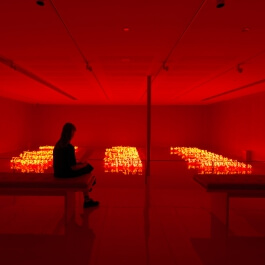
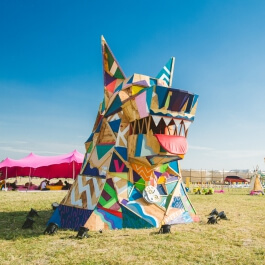


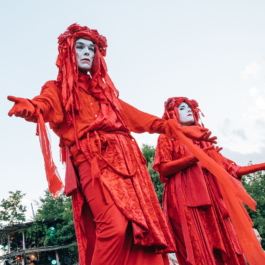
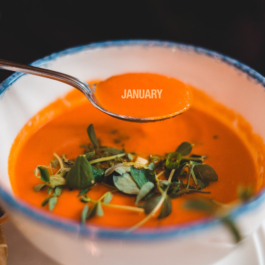

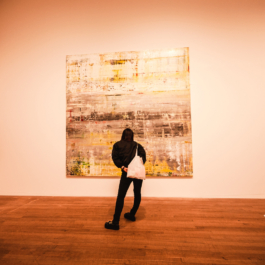
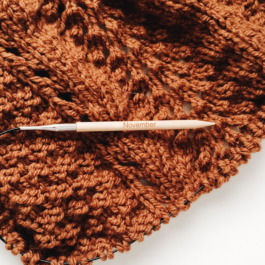
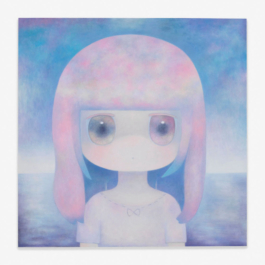
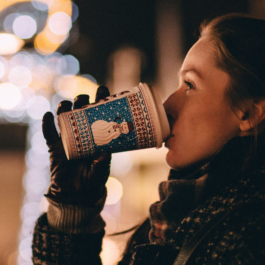
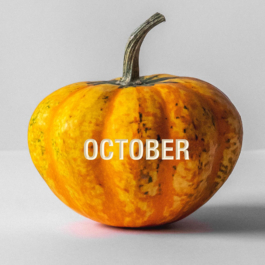
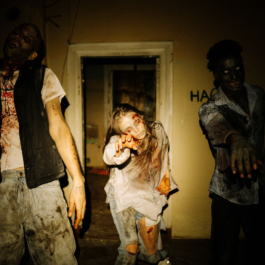
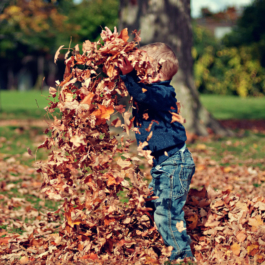
Sorry, the comment form is closed at this time.